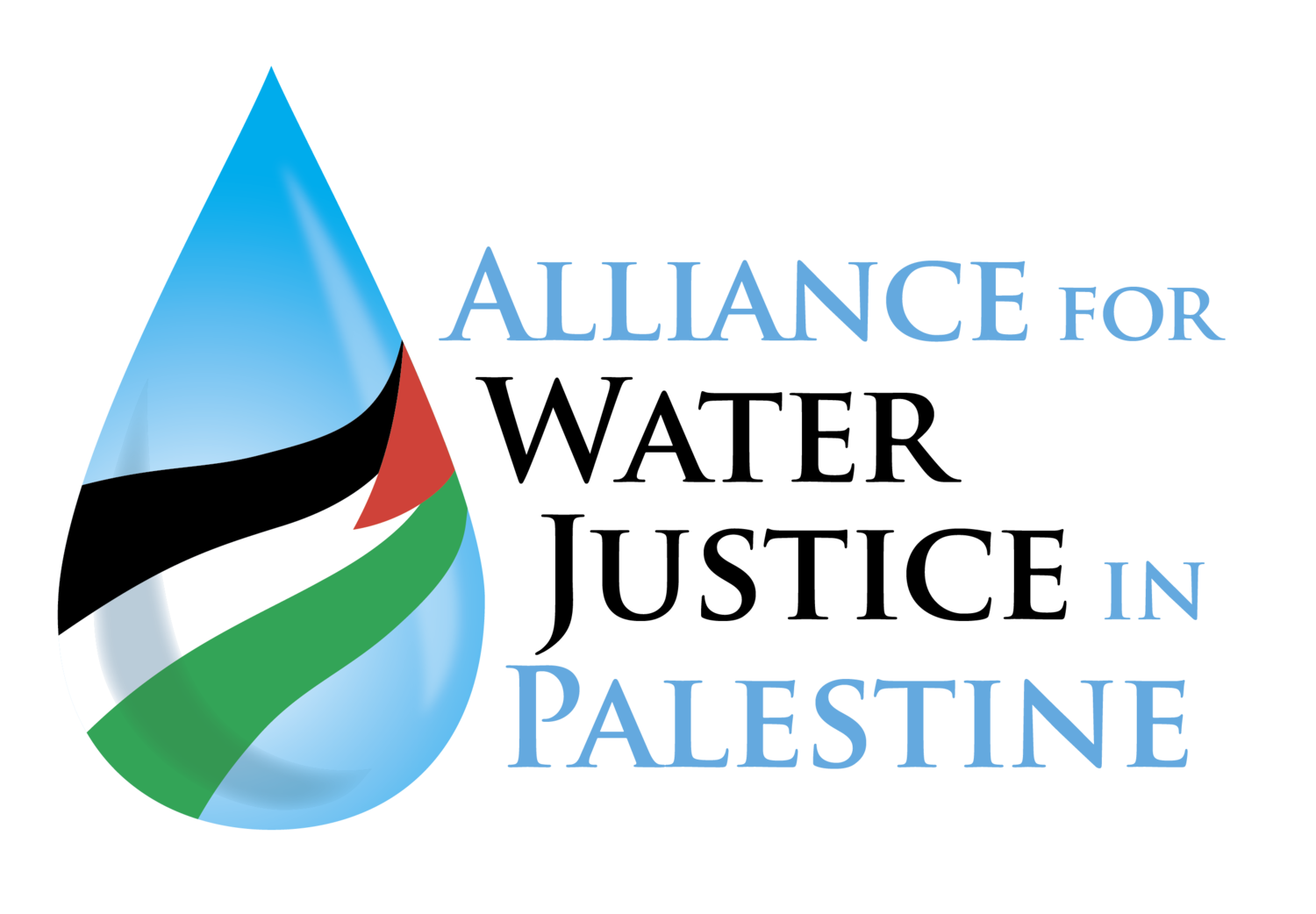Context: The Gaza Strip
The Gaza Strip is a 140-square-mile region of the Occupied Palestinian Territories bordering the Mediterranean. It is known as “the largest open-air prison” in the world. The only way in or out is through checkpoints controlled by Israel. Israel’s devastating bombardments of the Gaza Strip, its ongoing attacks, and its blockade of medical and other necessities have forced 80 percent of the population of 2.1 million—half of them children and two-thirds refugees—to become dependent on international assistance.
The water, sewage, and electricity infrastructure of the Gaza Strip has been severely damaged by Israel’s seven large-scale military offenses since 2006. Ninety-five percent of the population does not have access to clean water.
Israel’s bombardments have created fuel and electricity shortages and devastating damage to the electricity grid. As a result, wastewater treatment plants often cannot function, sewage lakes have flooded villages killing people and animals, and 80 percent of raw sewage is discharged into the Mediterranean Sea. In 2007, a sewage lake in the northern Gaza Strip flooded a village and drowned five people.
Ninety-seven percent of water from the Gaza Strip’s coastal aquifer is contaminated with nitrates and chloride. Only 6.5 percent of the wells in Gaza meet WHO safety criteria for both nitrates and chloride. Water-associated diseases account for approximately 26 percent of childhood diseases in Gaza and are a primary cause of child morbidity.
Seventy percent of the materials needed for water and wastewater projects are classified by Israel as dual-use items, that is, considered to have military and civilian applications and are forbidden or restricted entry by Israel.
